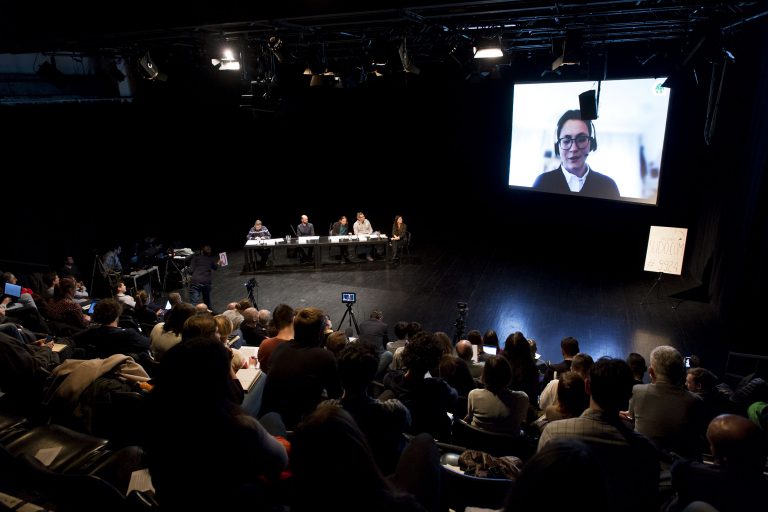Last week I participated in a roundtable discussion on the draft National Energy and Climate Plan in my home country, Slovenia (via a video-link).
Slovenia must prepare a plan on reducing its GHG emissions to 2030, same as other EU countries. I was invited to comment on the plans for the agriculture sector.

Foto: Nejc Paznik
Currently, agriculture contributes to about 10% of Slovenian territorial GHG emissions. The large majority is from the livestock sector, particularly through enteric fermentation, as ruminant production is one of the few sectors where Slovenia is self-sufficient, some years even a net exporter. The self-sufficiency in vegetables, fruits and grains is much lower (less than 50%) and has been steadily decreasing over the decades.
The draft version of the plan puts forward interventions such as increasing livestock production efficiency through improved feed, and selective breading to reduce methane emissions from ruminants. A very similar list of actions be found in other countries older climate plans (for example, the UK’s 5th Carbon budget). However in the UK it was estimated that these same interventions could reduce the emissions by 15-20%, while in Slovenia, the authors thought that they would only reduce them by 1%.
The authors highlighted Slovenia’s agricultural uniqueness related to hilly topography and small farm size. While it is true that these represent unique challenges, they do not mean changing the sector in the next 10 year is impossible.
The necessity of increased production of beef should be questioned, as the demand for beef is already projected to reduce across the EU in the timeframe of the plan. It would be wise for Slovenia to prepare its livestock sector for a downturn in demand, and consider how they could help farmers in reducing livestock production quantity without losing their incomes; and where geographically that makes most sense; For example, by encouraging them to focus on quality or, especially on the flat land, producing something else.
Some nervousness in planned reduction of the ‘last sector’ where Slovenia is self-sufficient can be understood; but on the other hand this self-sufficiency is already a bit of an illusion, as the livestock sector relies on protein feed (soya) imports from Brazil.
Even without including any measures aimed at rebalancing plant-based and animal-based agriculture, many more interventions are possible but have been overlooked, such as using cover-crops in the winter (which reduce the need for fertiliser and can sequester carbon in soils; as well as increase the albedo in the absence of snow cover), improved manure management, use of biochar, improved energy efficiency on farms, support for horticulture sector to adapt to climate change already happening, and the protection and restoration of peat soils.
And these are just a few examples. The IPCC Special Report on Land has a good list of over 40 response options on page 60 of the Technical Report, and one would expect EU countries to carefully consider each one of those options for inclusions into their climate plans.
Young climate activists, who organised this roundtable, were questioning how Slovenia can justify putting forward a plan to reduce the overall territorial GHG emissions by only 36% until 2030 (agricultural emissions by only 1%), when a 60% reduction is needed to keep it in line with 1.5°C target.
The plan’s authors argued that they made the plan they felt was realistic, so as to increase the chance of it actually being implemented, and that it could be revised to be more ambitious in one of the planned revisions (however it cannot legally be made less ambitious).
And that is where I feel another dilemma lies; should the policy commitments only be made on the basis of proven, existing interventions? Or should such policies send clear signals about where the society is headed, so that the corresponding interventions can be developed and invested in?
In other words, should the policy follow, or lead?
